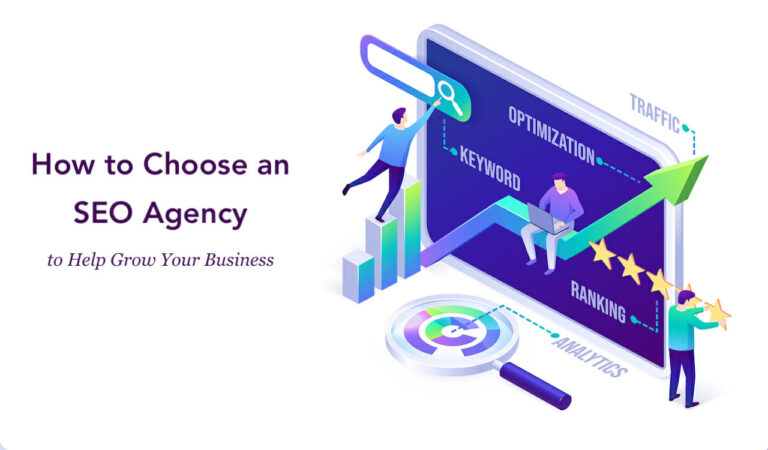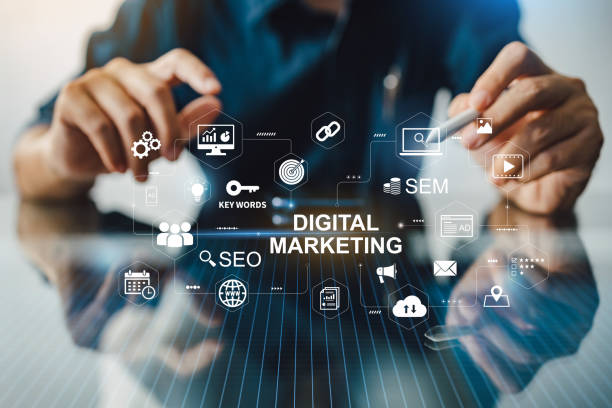The Evolution of Performance Marketing Platforms for Digital Success
Performance marketing has evolved significantly over the years, transitioning from traditional platforms like print, television, and radio to more sophisticated digital arenas. This transition has been fueled by the rise of the internet and advancements in digital technologies, reshaping the landscape of marketing strategies and tactics.
This article delves into the dynamic evolution of performance marketing platforms, tracing their transformation from traditional frameworks to the sophisticated digital landscapes of today.
Shift from Traditional to Digital Marketing Platforms
The early days of performance marketing primarily focused on traditional channels. However, with the advent of digital marketing platforms, there has been a significant shift toward online channels such as search engines, social media, and email marketing.
These digital platforms offer enhanced targeting capabilities, allowing marketers to reach specific demographics more effectively and track the performance of their campaigns with greater precision.
The Dot-Com Bubble: The Genesis of Modern Digital Marketing

The late 1990s marked the advent of the dot-com era, characterized by the rapid rise of internet companies and a significant shift in consumer behavior towards online platforms. This era laid the groundwork for digital marketing, introducing the world to the power of the Internet as a marketing tool. The dot-com bubble burst was a pivotal moment, but it also set the stage for more sustainable growth in the digital space.
The Rise of Social Media Platforms
A defining moment in the digital marketing landscape was the emergence of social media platforms. The introduction of LinkedIn in 2002, followed by Myspace in 2003, and then Facebook in 2004, heralded a new era.
These platforms revolutionized how brands interacted with their audiences, offering unprecedented access to large groups of potential customers and enabling more direct and personal forms of engagement.
The Mobile Revolution
The latter half of the 2000s witnessed another significant shift with the rise of the mobile era. The launch and popularization of smartphones and the advent of mobile applications opened up new frontiers for digital marketing.
Platforms like WhatsApp, Instagram, and Snapchat, tailored for the mobile experience, became integral parts of people’s daily lives. This shift to mobile expanded the reach of digital marketing and introduced new formats and strategies, such as in-app advertising and mobile-optimized content.
Importance of User Experience (UX)
The importance of User Experience (UX) in performance marketing cannot be overstated. It has evolved from a supplementary component to a central focus in creating successful digital marketing strategies. Here’s an expanded view of its key aspects:
- Holistic UX Optimization
Performance marketing now extends beyond just driving traffic. It encompasses the entire user journey, emphasizing the need for a seamless, intuitive user experience across all digital touchpoints.
- Impact on Conversion Rates
A positive UX directly correlates with higher conversion rates. This includes factors like website speed, ease of navigation, mobile responsiveness, and clear calls to action.
- Customer Retention
A good UX helps convert visitors into customers and plays a crucial role in retaining them. Ensuring a positive experience across the customer lifecycle is vital for sustained business growth.
The evolution of performance marketing is characterized by a more data-driven approach, the integration of advanced technologies like AI and ML, a stronger focus on personalization and influencer marketing, and the critical importance of user experience. These elements collectively shape a more sophisticated and effective marketing landscape.
The Future of Digital Marketing: Embracing Web 3.0
As we venture into the future of digital marketing, the emergence of Web 3.0 presents a new frontier that promises to revolutionize how we interact online. This forthcoming era, characterized by highly immersive and interactive experiences, is poised to significantly reshape the landscape of digital marketing strategies.
The Advent of Web 3.0
Web 3.0, often called the “semantic web,” is anticipated to be a more connected, intelligent, and open internet. It aims to leverage technologies such as artificial intelligence (AI), augmented reality (AR), and virtual reality (VR) to create more engaging and personalized online experiences.
This evolution represents a significant leap from the current state of the internet, promising more intuitive and intelligent user interactions.
Augmented Reality and Virtual Reality
- Augmented Reality (AR)
AR offers a blend of the digital and physical worlds, enhancing what we see, hear, and feel. AR can provide customers with unique and interactive brand experiences in digital marketing. For example, through AR, customers could virtually try on clothes or see how furniture might look in their homes before purchasing.
- Virtual Reality (VR)
VR creates a fully immersive digital environment. This technology opens up innovative ways for marketers to engage with consumers, such as virtual showrooms or immersive 3D advertisements, providing a deeper level of brand interaction.
The Role of Artificial Intelligence
AI is set to play a crucial role in Web 3.0, driving personalization to new heights. By analyzing vast data, AI can offer insights into consumer behavior, enabling marketers to create highly targeted and relevant content.
AI-driven chatbots and virtual assistants could also provide personalized shopping experiences and customer service, enhancing user engagement and satisfaction.
Personalization and Interactive Experiences
The core of Web 3.0 in digital marketing will be its ability to offer hyper-personalized and interactive experiences.
This personalization will not only be based on browsing history or past purchases but also on real-time user behavior and preferences, making marketing efforts more effective and user-centric.
The Digital Market Is a Continuously Evolving Landscape
Today, we find ourselves in an era where digital marketing is not just a part of the business strategy; it is at its core. The transition from the early days of the internet to the mobile-centric world we now inhabit illustrates the dynamic nature of this field.
As technology continues to evolve at a breakneck pace, so will the strategies and platforms for digital marketing. This ongoing evolution challenges marketers to stay ahead of the curve, constantly adapting to new tools and trends to effectively reach and engage their audiences. In retrospect, the evolutionary timeline of digital marketing is a testament to the adaptability and ingenuity of marketers in the face of ever-changing digital landscapes.
From the early days of the internet to the current mobile-dominated era, each phase has contributed to a richer, more effective, and more interactive approach to connecting with audiences globally.
Stay tuned for more latest news & updates on Discover Tribune!






